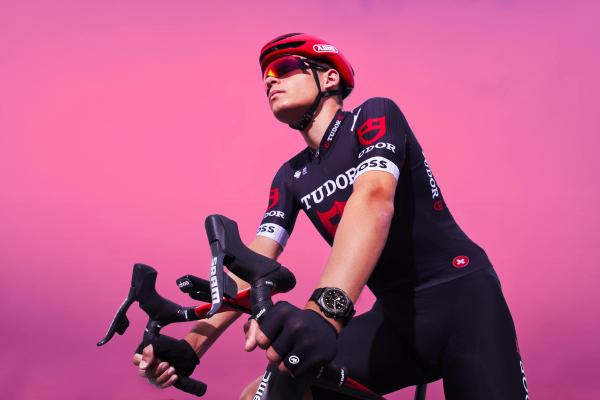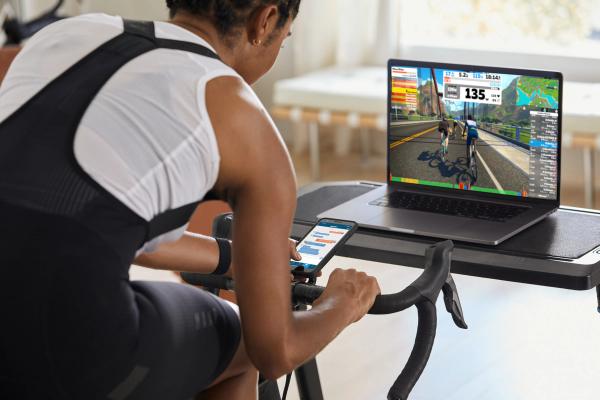Retro Hotta vs modern bike: Testing a bike so fast that it was banned
Back in the 1990s, the Hotta racked up an impressive palmarès, but how does it stack up against a modern bike? Ollie Bridgewood and Si Richardson conduct a test to find out
Tom Hallam-Gravells
Online Production Editor
Over the years, we’ve been lucky enough to get our hands on many retro bikes. There was the Lotus 110, Stephen Roche’s Battaglin, the LeMond Billato and a Giant MCR. Every time we’ve got our hands on a retro bike, we’ve put it up against a modern model, and each time the modern bike has come out on top.
Now it’s time to see if a new bike can break the retro duck, in the form of the Hotta, a bike that time forgot.
We tasked Ollie Bridgewood and Si Richardson with putting the bike to the test against a Canyon Aeroad, one of the most successful bikes in the professional peloton, to see what the performance difference would be.
- Read more: Retro vs modern: How does 54-year-old bike gear compare to the cutting edge of modern technology?
History of the Hotta
The Hotta hails from the same era as the Lotus 108 and, despite being less well known, it was no less revolutionary.
The bike was created in 1992 and its carbon monocoque design was cutting-edge at the time, but its inspiration came from an unlikely place. It was the brainchild of Simon Aske who was working for a carbon composites company that was making the casing for cameras at the time. As a keen cyclist, Aske decided to create a bike using the material and from that idea, the Hotta was born.
It quickly built up a reputation on the domestic scene before tasting action at a higher level at the hands of Chris Boardman. Initially, it wasn’t the overall bike that proved to be popular, but its aero carbon fork which was used by a host of teams, including Lance Armstrong’s Motorola outfit.
The bike’s frame arguably reached the pinnacle of its glory days at the 1997 and 1998 Tours de France when Boardman soared to victories in both of the prologues, although you may not have noticed as it was patched up in a different guise.
From that point on, the bike’s days were numbered and it soon fell victim, along with many other bikes from the era, to the UCI’s ire and was banned from competition.
- Read more: Retro pro bike: David Millar's 2010 Felt F1
The test
An impressive roll call of riders have used the Hotta then, so it was only natural that we put the bike to the test in the hands of two of the greatest cyclists of the modern day. Okay, we struggled to convince any truly great cyclists to participate, so we settled for Si Richardson and Ollie Bridgewood instead.
They replicated an 8km effort with a meagre 50m of climbing to see how the Hotta stacks up to a modern bike. The bike in question was Ollie’s Canyon Aeroad CFR, which has racked up an impressive array of victories in 2024, winning three of the men’s Monuments so far.
To add an extra dimension and make things a little fairer, they then completed the run on a Hotta specced with modern components.
Which bike would come out on top? Watch the full video at the top of this page to find out.








.jpg?w=600&auto=format)
.jpg?w=600&auto=format)


